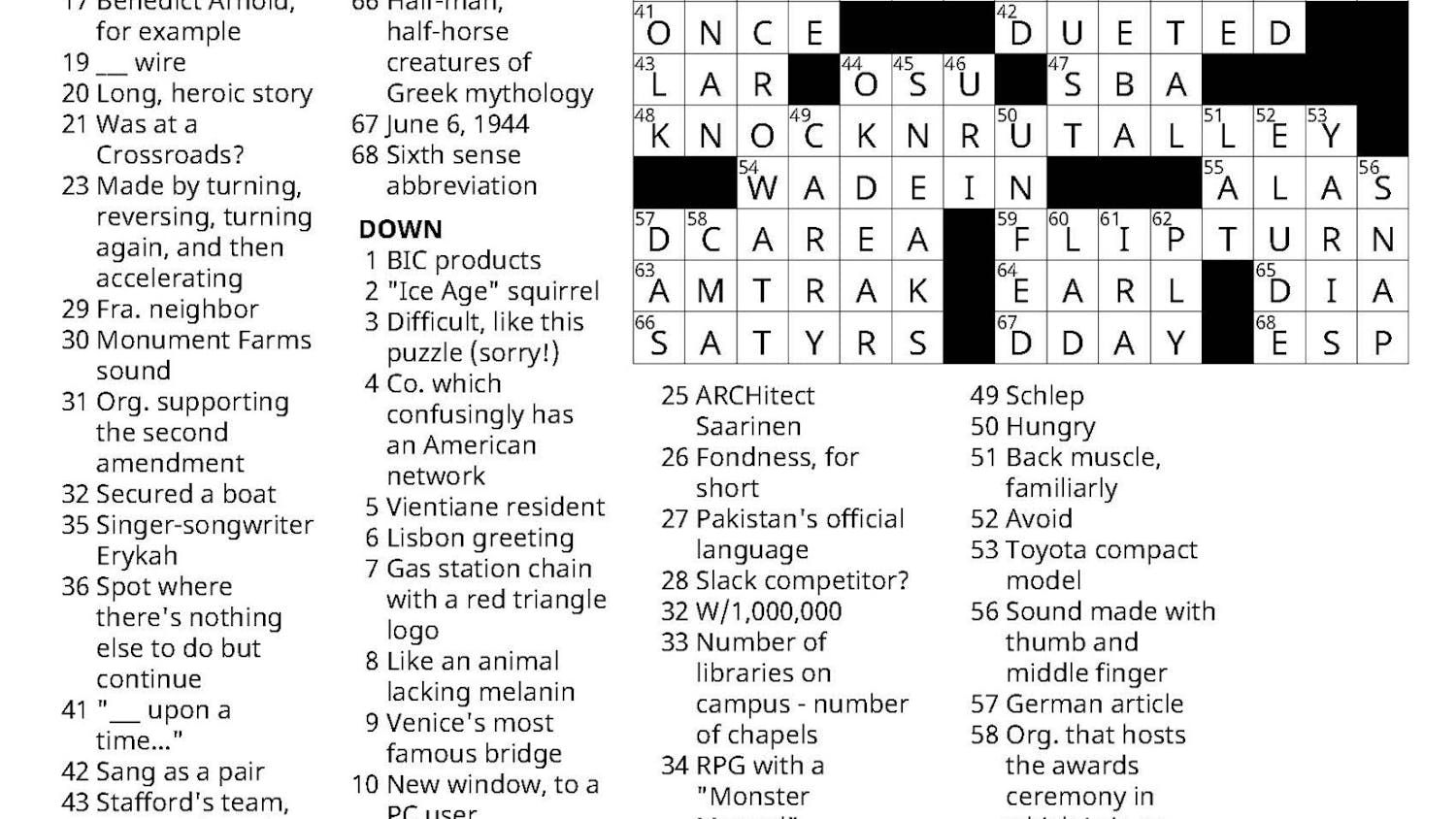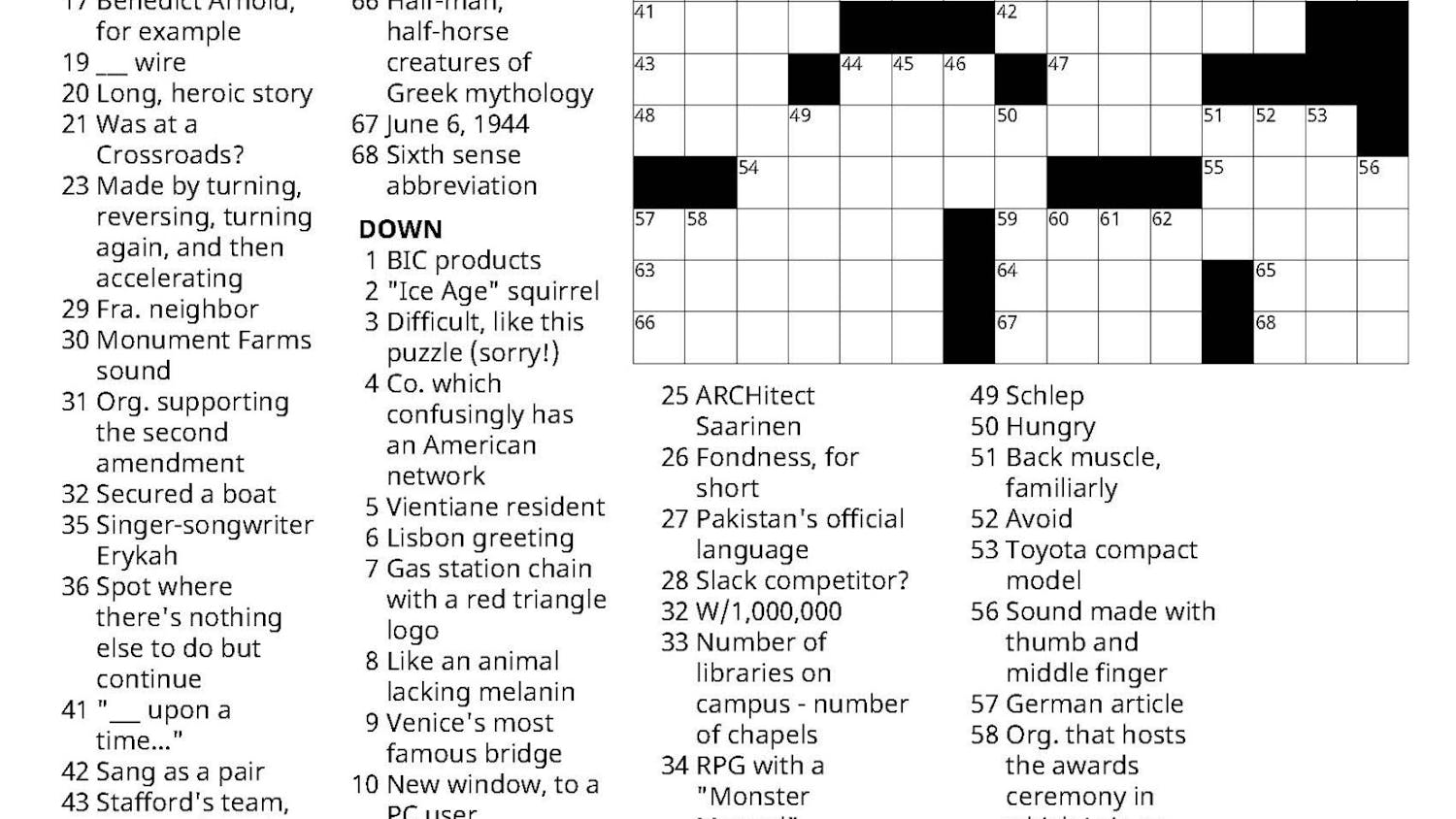I have to admit that it took me nearly until the end of “See Now Then”, Jimaica Kincaid’s controversial new novel and the first she has published in ten years, to learn how to read it. At first I was in awe of Kincaid’s lovely long sentences, weaving together disparate snatches of time and landscape, voice and personality, into the small and yet richly complex life of Mr. and Mrs. Sweet in the Shirley Jackson house in Bennington, Vermont. One can fall comfortably into the tumbling, unending rhythm of these sentences, as Kincaid gently carries Mrs. Sweet’s narrative voice in a wondering search for understanding of life’s joys and sadnesses and lifts all her characters into the airy realm of the epic and then grounds them in Gap overalls, a bunk bed from Crate & Barrel and a garden battle between the shy Myrmidons and the Teenage Mutant Ninja Turtles collected from McDonalds’ happy meals.
One of the reasons we love poetry, I think, is that it can fit tragedy into a gently rocking rhythm; it can make life seem comprehensible, or at least beautiful, even in its deepest darknesses, and we might think yes, it is all worthwhile; yes, it is all part of a greater whole. But Kincaid jerks us out of that serenity. Suddenly life is far from comprehensible — suddenly hatred is a part of love, and Mr. Sweet wishes to find his wife’s decapitated head on the kitchen counter and to cook his baby son into a soufflé or a cut of meat that he could serve to her on a platter. I felt lost in the center of “See Now Then”, and it is not a very long book. I felt frustrated that this vein of sickness could lie at the center of so much beauty. I felt that Kincaid was torturing me; I did not want to watch Mrs. Sweet naively, happily knitting her socks and blankets as Mr. Sweet imagines killing her, and I was sick and tired of time circling around madly and repeating itself, and of moments of near-understanding getting mixed up and interrupted by trivialities — and all this in exhausting, mile-long sentences. It was too much.
I was so caught up in my anger with Jamaica Kincaid that I failed to notice I was at the wrong gate at the Atlanta airport and almost missed my flight back to Middlebury. After sprinting from concourse E to C fifteen minutes before takeoff, I made it to my seat on the plane with my hands trembling and finally decided to start again. As our plane circled in the air around snowy Burlington and finally gave up and diverted to Albany, I tried to read “See Now Then” more slowly and patiently, pausing often for breath — especially at the colons, for just when Kincaid seems ready to be perfectly straightforward with us, “the young Heracles had no other way to understand this except in this way:” she is sure to launch into a whole new jumble of images and impressions and memories.
Whether the novel itself becomes clearer as it reaches the moment of crisis, or whether I had only finally learned how to read it, Kincaid’s images became piercingly real to me. Her writing might, at times, become a bit high-flown (Mrs. Sweet’s children are named Heracles and Persephone and her deceased neighbor was named Homer), but the mythical mother comes into focus as her children’s very current, teenage voices weave into the narrative and all of their pain and love feel vibrant and somehow new, just as the family cracks into pieces.
Many critics have pinned Kincaid’s novel as an autobiographical work of revenge on her ex-husband Allen Shawn, a reading which, though technically accurate, would reduce the work as a whole. Mr. Sweet does come off horribly in the novel, for in the end he only loves dead trees. He is afraid of the process of life itself, the constant cycle of growing and dying through the seasons, whereas Mrs. Sweet “found this process a joy, its inevitability a mystery, unexpected, unimaginable.” Still, Kincaid compassionately imagines her way into Mr. Sweet’s mind to comprehend the agony of living trapped within a marriage that one does not want. Her novel strives to understand both Mr. and Mrs. Sweet’s constant internal battle between giving themselves wholly to their family and reserving themselves within their solitary, artistic corners of the house to seek out their “one true selves.”
If Kincaid’s writing does not resolve our greatest questions, it gets at the center of the elusive, circuitous, incomprehensible substance of time, which distorts and rewrites our impressions (half of the memories in the novel could not be real), and yet, in brief moments, glints into focus. Kincaid’s writing mirrors the at-times-beautiful, at-times-bewildering experience of living — which, like Virginia Woolf and Gertrude Stein, is tricky to get through. But I think, like Woolf and Stein, Kincaid is doing something new and remarkable with words, and we owe it to her to read carefully and patiently. I, for one, sat in wonder for a moment after finishing the book on the plane, then immediately turned back to the first page to begin reading it all again.
Booking It: See Now Then
Comments



